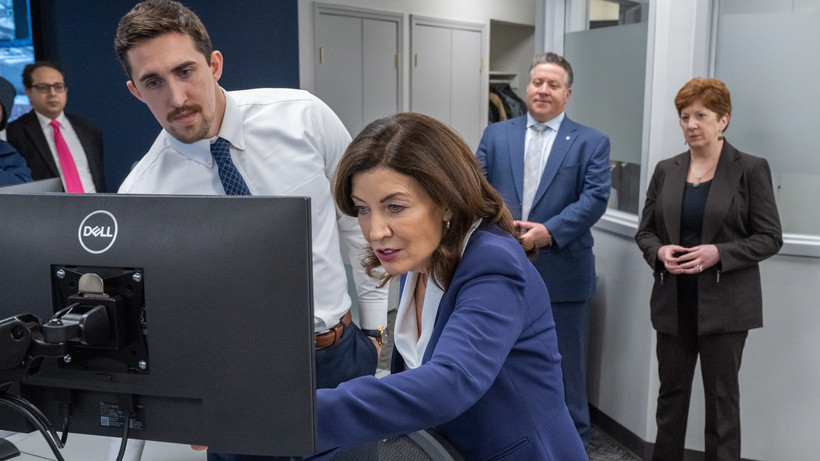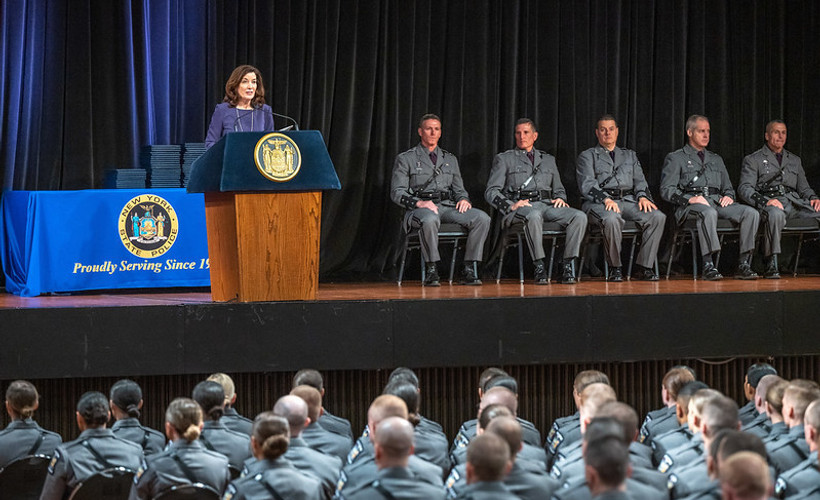‘Hot Spot’ Cops Killed Tyre Nichols in Memphis. Hochul Wants More in New York.
The controversial units have been responsible for high-profile killings and civil rights abuses in cities nationwide. Hochul doubled their state grant funding in New York — and wants to double it again.

“We’re not defunding the police. We are really ramping up funding for police.”
“It’s not like hotspot policing has actually succeeded in any long term crime turn around.”



